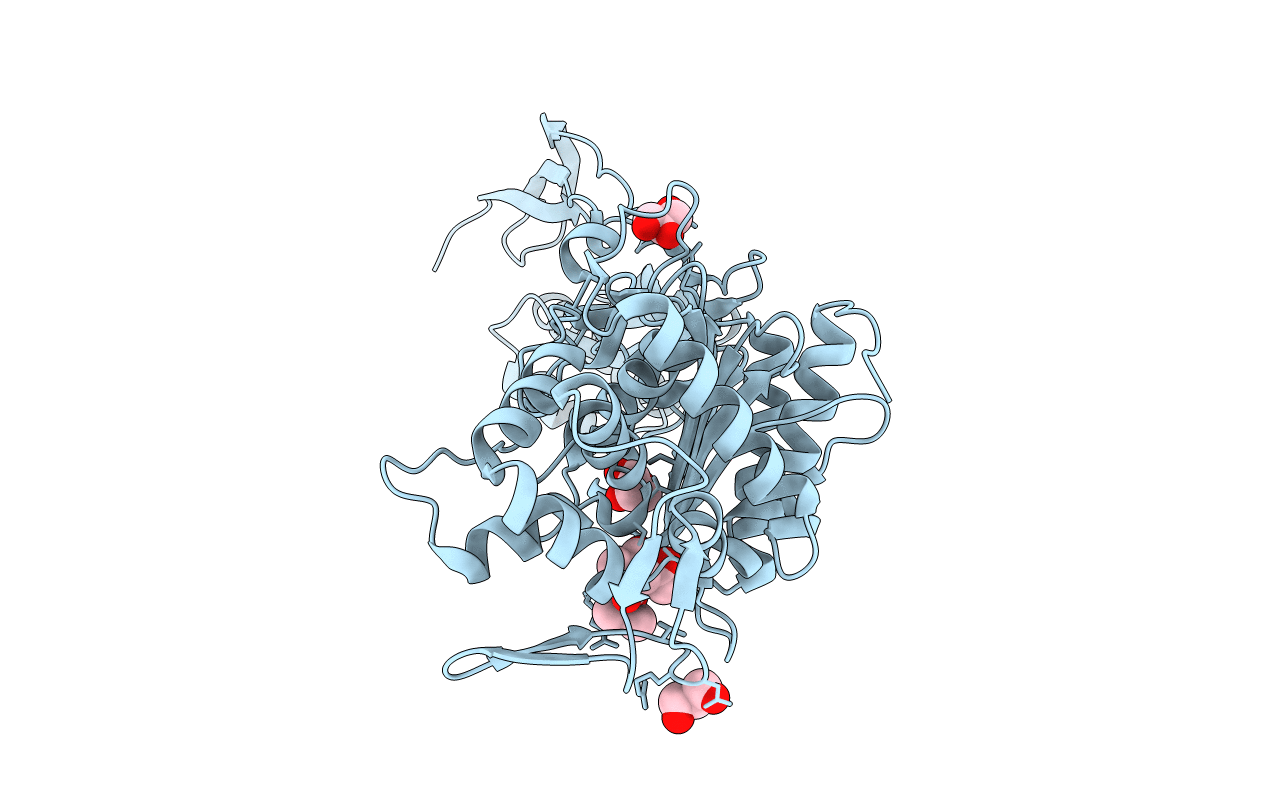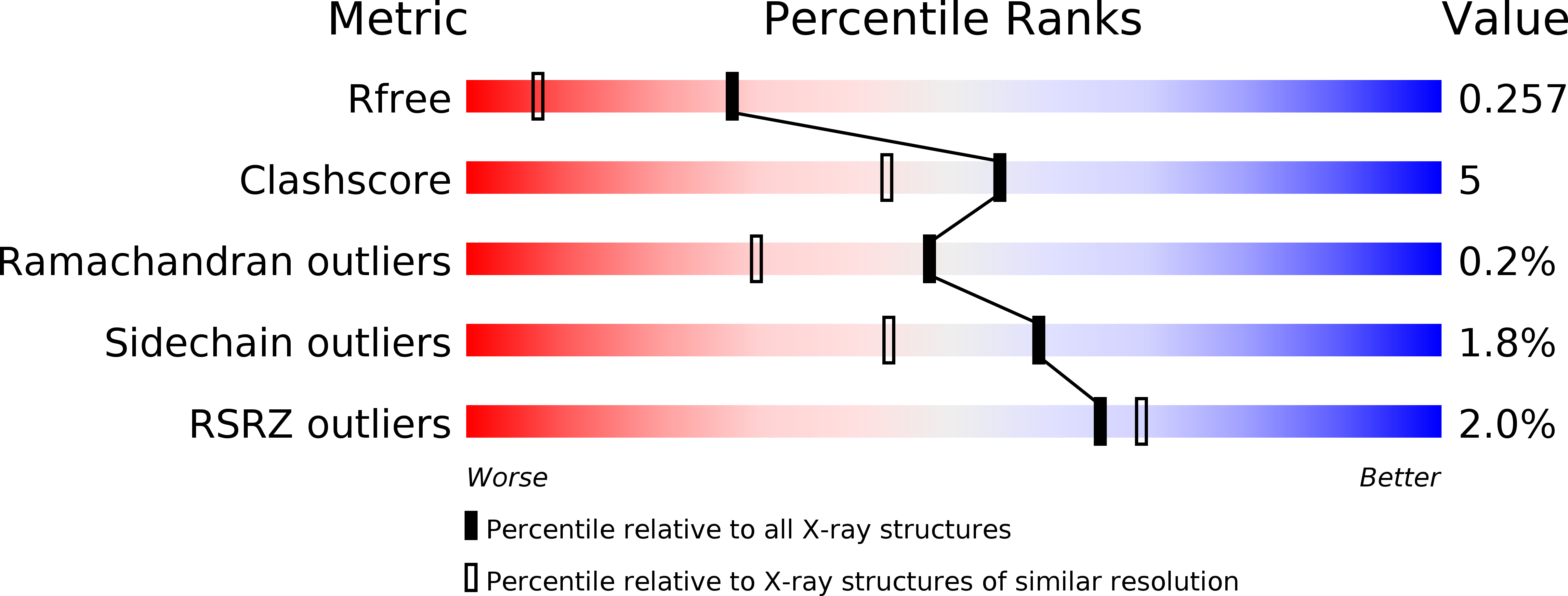
Deposition Date
2020-02-27
Release Date
2020-06-24
Last Version Date
2024-11-06
Entry Detail
PDB ID:
6Y6Z
Keywords:
Title:
Structure of Pseudomonas aeruginosa Penicillin-Binding Protein 3 (PBP3) in complex with Compound 1
Biological Source:
Source Organism:
Host Organism:
Method Details:
Experimental Method:
Resolution:
1.70 Å
R-Value Free:
0.24
R-Value Work:
0.17
R-Value Observed:
0.17
Space Group:
P 21 21 21


